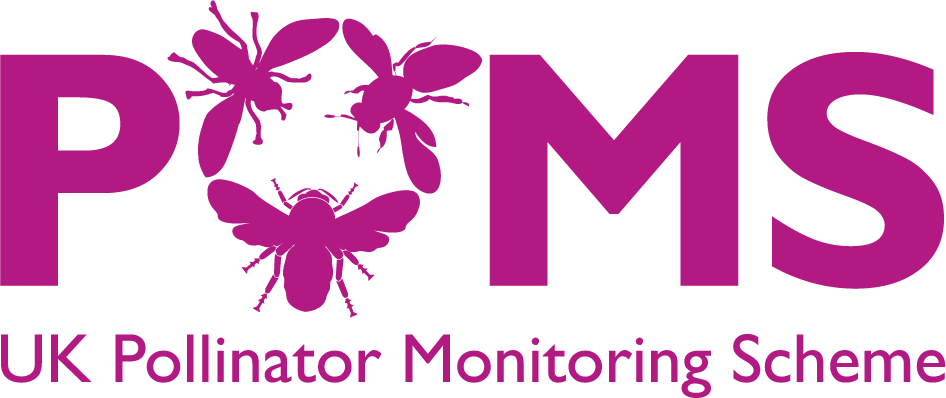As we move through summer, thistles can be among the most abundant flowers in some areas. That could be from thick beds of Creeping Thistle in wasteland or field margins, or Spear Thistle with its attractive deep purple flowers. In this blog, Rob Jaques, Garden BirdWatch Supporter Development Officer at the British Trust for Ornithology, discusses their variety and value for insects and birds alike.
News
With clustered, white flowers and hairy, hollow stems, Hogweed is a familiar sight in many meadows. Through FIT Counts, we are seeing just how important it is for pollinating insects, and therefore for people too.
|
|
Insect pollinators, including bees and flies, provide important ecosystem services including pollinating crops around the world. In the face of potential pollinator declines, pollination of crops could be under threat and it’s critically important to understand which pollinators are pollinating which crops and where. In this blog, Dr Mike Garratt from the University of Reading gives some intriguing insights from a pilot study using the FIT Count app to monitor crop flower visitors in 2021.
Holding a buttercup up to your chin has been said to show whether you like butter or not – lighting up your skin if you do. This evolutionary feat is a feature of Buttercup's petals, a trick of the light designed to catch the eye. FIT Counts show that this strategy works just as well for insects as it does for people, with 738 counts completed on Buttercups from 2017 to 2020 - the greatest number of FIT counts for a target flower!
Hawthorn (Crataegus sp.), also called May-tree, is unmissable in May, with its beautiful and delicate flowers gracing roadsides and field boundaries up and down the country. Ever heard the old saying ‘Ne’er cast a clout till May be out’? It could simply mean ‘don’t take off your winter clothing until the end of May’ but there is another possible interpretation of the ‘until May is out’ part which is actually until the Hawthorn tree is out in flower.
From March to December, this low-growing plant provides nectar to any insect that can navigate its strangely shaped flowers. And for those that can spot the difference between White Dead-nettles and Stinging Nettles, the leaves and stems are a fantastic feast.


